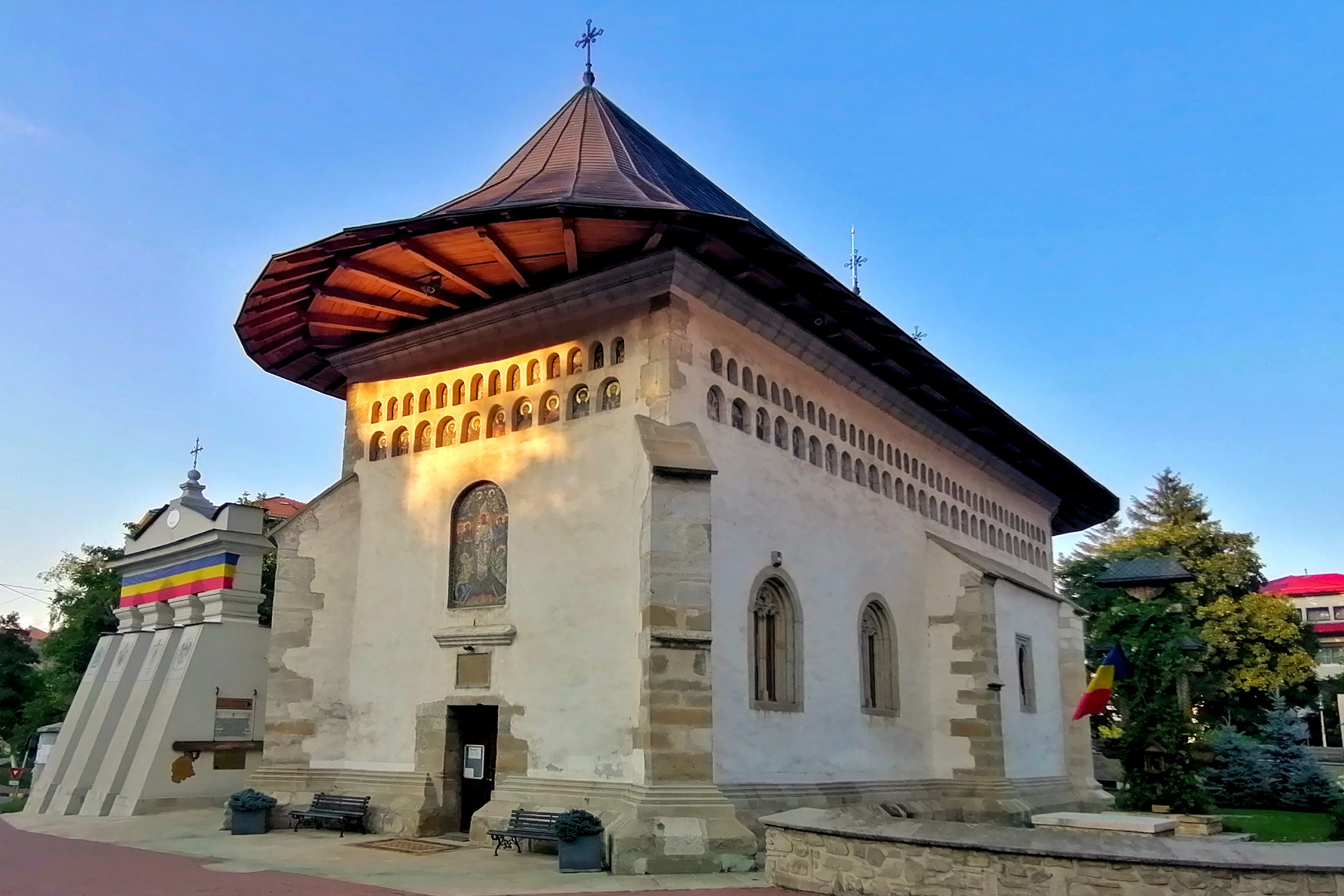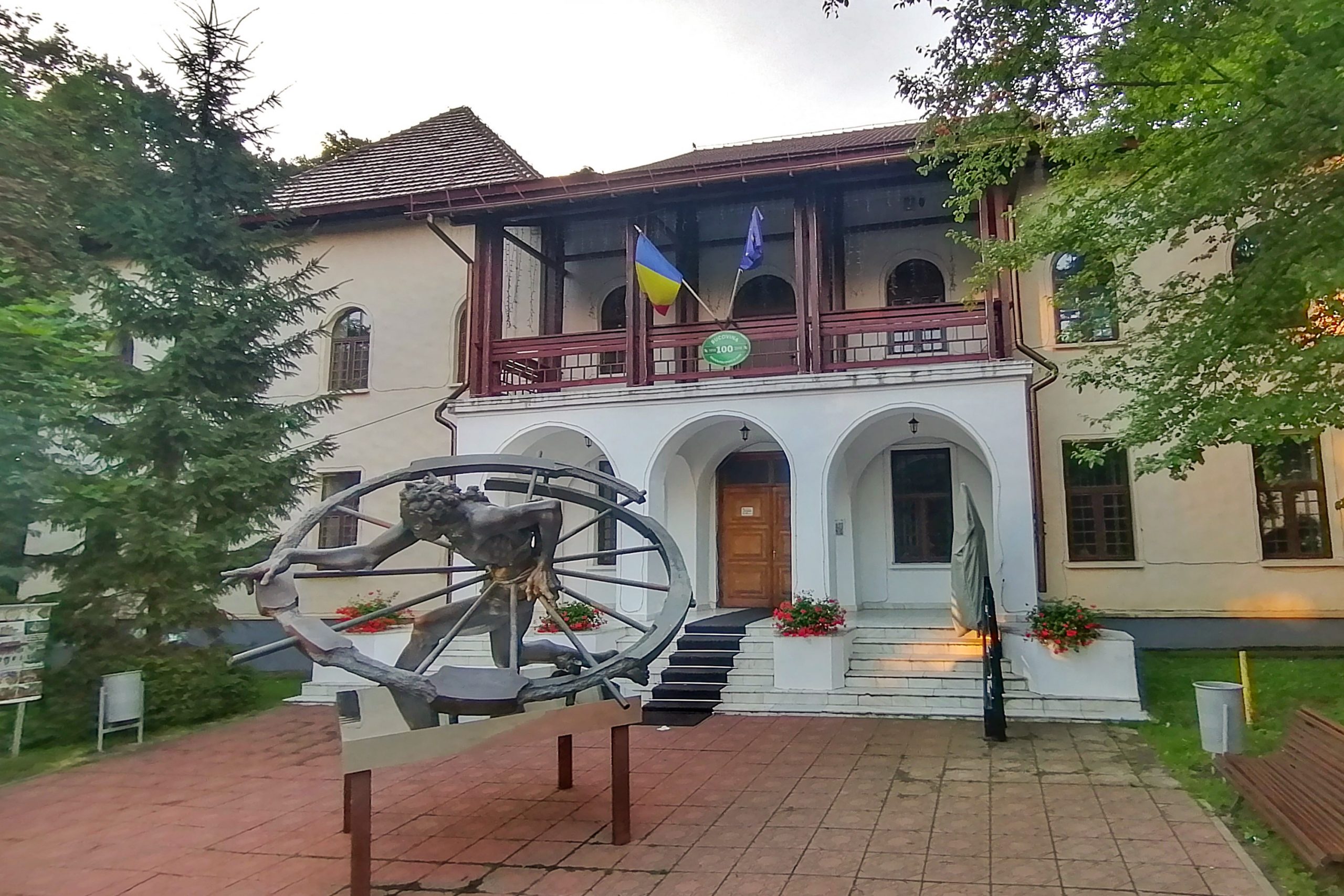St. John the New Monastery Complex in Suceava, code SV-II-a-A-05469. Located on Ion Vodă Viteazul Street, no. 2, in the city center, on the access road to the Citadel.
In 1993, the United Nations Educational, Scientific and Cultural Organization (UNESCO) included the Church of St. John the New in Suceava, along with seven other churches in northern Moldova (Arbore, Pătrăuți, Moldovița, Probota, Sucevița, Humor and Voroneț), on the world cultural heritage list, in the group “Painted Churches in Northern Moldova”.
The construction of the trefoil church began in 1514 during the reign of prince Bogdan III (1504-1517), son of Stephen the Great, being completed in 1522 by the son of Bogdan the IIIrd, Stephen the IVth or Stefanita (1517-1527).
The relics of St. John the New from Suceava, an element of attraction for religious tourism, were brought here in 1589.
The interior painting of the church dates either from the time of Stephen the IVth / Stefănita (1517-1527), or from the time of Petru Rareș (1527-1538; 1541-1546). Of particular note are the frescoes with the themes of the Communion of the Apostles, the Ascension of Christ, Deisis – Jesus Christ with the Theotokos and St. John (altar), the Annunciation, the Crucifixion (nave), Theotokos Glycophilus = kind and loving (above the door entrance to the narthex).











